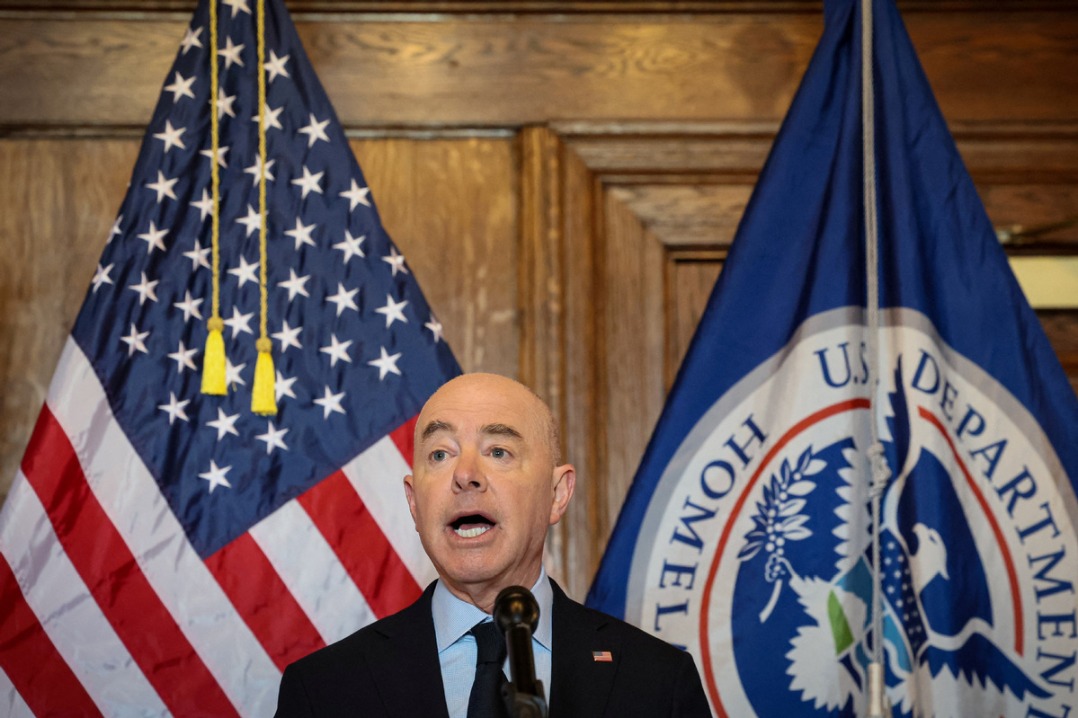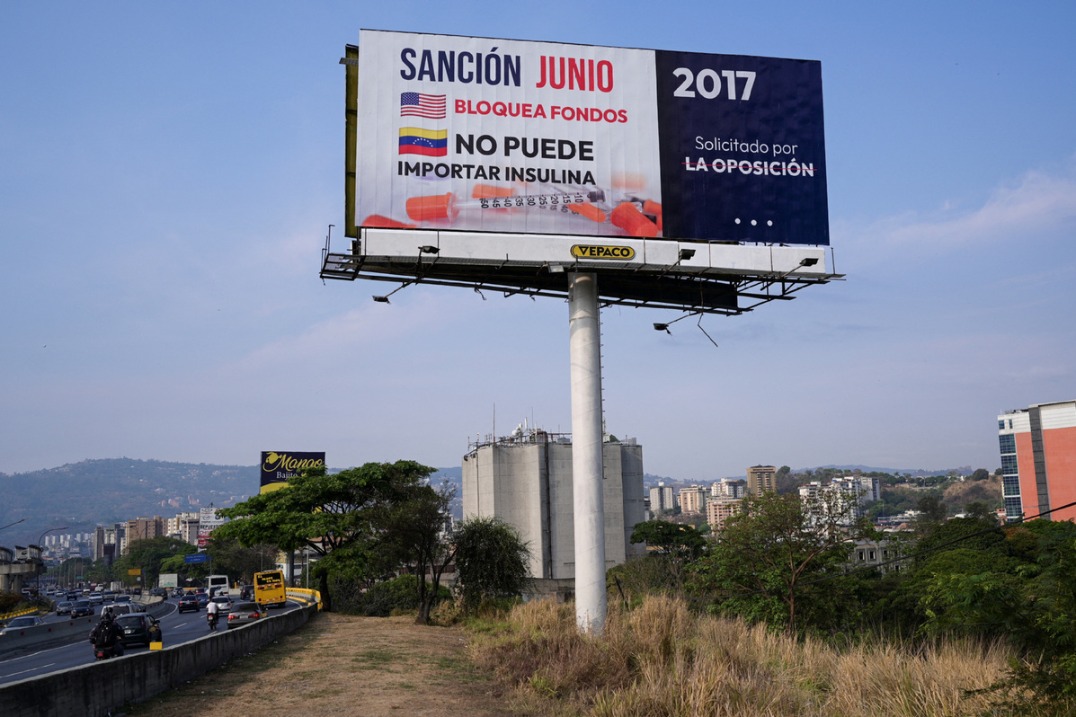San Francisco vexed by homeless problem

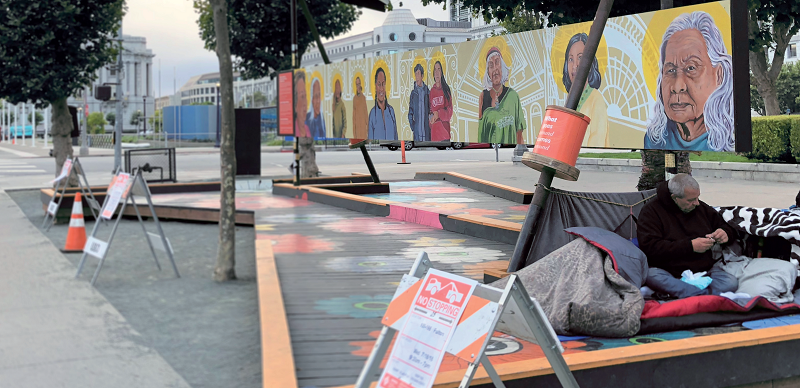
Human feces and urine litter sidewalks. Used syringes and the bodies that sucked in their fluid stretch out among it.
Hoteliers worry about tourists being scared away. Politicians pledge to provide more housing, while activists blame a lack of will from the leaders.
And the homeless problem that has exasperated San Francisco's city leaders for decades despite millions of dollars spent on it has gotten worse, say those who live and work among it and those struggling to deal with it.
An estimated 7,500 people live on the city's streets and in its parks. Nearly a quarter of the Bay Area's total homeless population is squeezed into just 49 square miles.
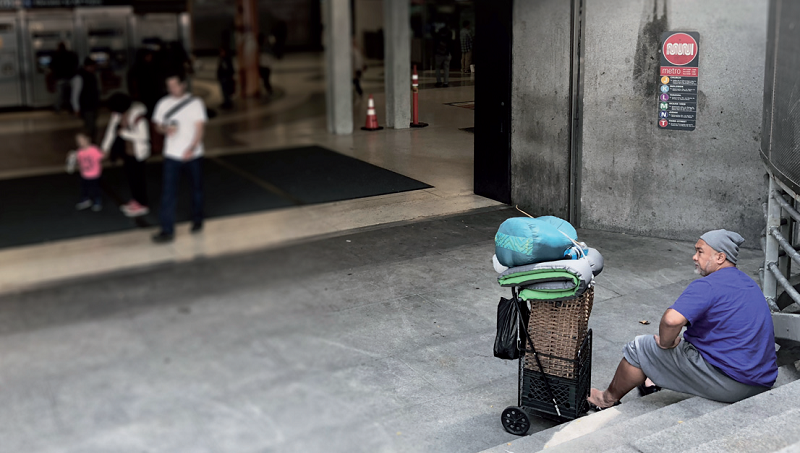
And among them, more than 2,100 adults are chronically homeless, defined as homeless for more than a year, according to the city's count conducted by volunteers on a night in January 2017.
A quarter of the homeless live on the streets because of losing jobs; other causes include mental illness, alcohol and drug abuse, divorce and losing housing, according to the San Francisco 2017 Homeless Count and Survey report.
Winona, 71, said she has been homeless since she lost her job a few years ago. "I'm trying to figure out what job I can do," she said, giving only her first name. "Sometimes they (the government's aid programs) work, sometimes they don't."
In jeans and a denim jacket, with a pink sun hat on top, Winona stood on a business street, saying "help" to passersby in a low voice. Her belongings are two bags of clothes and a few books.
She was reluctant to tell her story. "I don't feel lonely. I consider everyone in the world my family," she said.
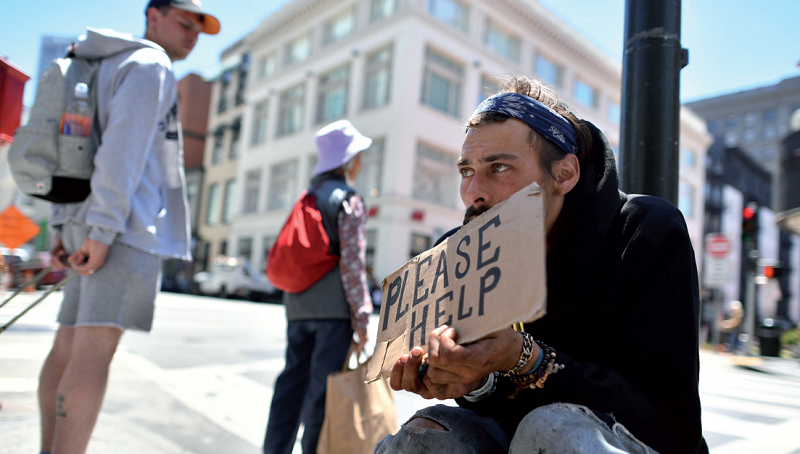
Turning point
Homelessness has been around for the history of San Francisco, but the real turning point was in the late 1970s and early 1980s when the lack of affordable housing resulted in a decrease of accommodation for low-income families, and deindustrialization in the US took away some of the stable union jobs, explained Christopher Herring, a research fellow at the Center for Ethnographic Research at the University of California, Berkeley.
In addition, many veterans returning home from the Vietnam War were not able to assimilate into society, which was made worse by the crash of the mental health system during the Reagan administration, which that led to the elimination of service for people with mental illness, he said.
The continuation of the decrease in affordable housing makes homelessness particularly bad in the city, said Herring.
"There's no federal funding going toward public housing and homelessness services. Until we see that, there's going to be mass homelessness in the United States," said Sam Lew, policy director of Coalition on Homelessness, an advocacy group in San Francisco.
San Francisco's homeless issue seems more pronounced because of the shocking levels of illness that people are seeing, said John Snook, executive director of the Treatment Advocacy Center.
"People who are homeless and who have a mental illness are frequently allowed to deteriorate until they are very ill, far beyond what we would allow for other illnesses," he said. "Because the city is relatively dense, and the population is in close proximity, it is easy for people to see just how the system is failing."
Tourism and hospitality executives have increasingly expressed concerns over the negative effects on their $9 billion industry. Local hoteliers and business said the homeless have caused the cleanliness of the streets to worsen, creating a perception that they aren't safe.
Last year, 25.5 million people visited San Francisco, a slight increase from 2016 but fewer than the forecast of the San Francisco Travel Association in early 2017.
The organization said different factors contributed to the flat growth, but the main complaints from tourists are the city's street hygiene problems.
Kevin Carroll, executive director of the Hotel Council of San Francisco, which represents more than 100 hotels, said they are losing business.
Last month, a major Chicago-based medical association was reported to have moved its convention out of San Francisco, leaving the city with a $40 million loss. Street safety issues were blamed.
The loss of a convention not only affects the hotels but also businesses around them and the city as hotel guests spend more money outside the hotel, said Carroll.
In bustling Union Square, the homeless people, sit under lamp posts on street corners and hold signs, begging for money. In Embarcadero, home to several waterfront attractions, stains of urine can be seen on the street. It is especially smelly near bus stations or subway entrances.
"They (tourists) are curious about those homeless people in San Francisco, a city they think is wealthy and beautiful," said Vivian Hu, a San Francisco-based Chinese tour guide. "I think the image of the homeless changed their perception of the beautiful 'City by the Bay.'"
London Breed, who was elected mayor in June, has vowed to reform the city's mental health system and provide more housing for low- and moderate-income residents.
Since taking office in July, Breed has opened a fifth navigation center, a short-term homeless shelter, and signed an $11 billion two-year budget targeting homelessness, housing and street cleanness, including $60 million for critical homelessness service programs.
Access points
The $60 million will be used to create 430 new permanent supportive housing units, fund the operation of a new Navigation Center for Transitional Age Youth, create rapid rehousing programs and two new access points to connect families and residents struggling with homelessness to support and services.
A new 50-unit permanent supportive housing building "Minna Lee" was opened on Aug 22 in the South of Market neighborhood for formerly chronically homeless individuals. The neighborhood was home to large encampments until the city's recent crackdown on those camps.
"We have removed 40 encampments in the city. We take two-thirds of the people we encounter to shelters," said Jeff Kositsky, director of the San Francisco Department of Homelessness and Supportive Housing. "My people are still working with 90 people in Embarcadero. They only show up at night," he said.
One of the most pressing challenges and solutions for reducing the homeless population in cities across the country is eliminating barriers to treatment for people with serious mental illness, said Snook.
People with untreated serious mental illnesses, like schizophrenia or bipolar disorder, comprise an estimated one-third of the total homeless population in the United States, according to the organization's research.
"California's laws have prevented the most severely ill from getting care until they are literally at death's door," said Snook. "Recognizing that these people are in need of help and, changing conservatorship laws to facilitate treatment is an appropriate step."
Snook's organization worked with California Senator Scott Wiener on a state Senate bill to try to get those with the most serious issues off the streets.
The bill, expected to pass this month, authorizes San Francisco and Los Angeles to take custody of chronically homeless people who suffer from mental illness and substance use disorder and can't care for themselves. The conservatorship, which would require supportive housing with wraparound services, would end after a year.
"I am often asked: 'Why we can't see homelessness decreasing in the city after hundreds of millions of dollars is spent,'" said Lew.
Seventy percent of the budget goes to the supportive housing, and 20 percent is used for shelters, so very little of that money goes to acquiring new land and building new housing, Lew explained.
To seek solutions to San Francisco's homelessness, Coalition on Homelessness launched a campaign "Our City, Our Home". The measure, which will be on the November ballot, aims to raise about $300 million from an average 0.5 percent gross receipts tax on business revenue in excess of $50 million annually.
The money would be used to fund programs to provide current and former homeless residents with permanent housing, shelter, mental health care and treatment services. The money would also be used to provide more bathrooms and sanitation centers throughout the city, supporters of the measure said.
The biggest challenge that Kositsky's department faces is "too many people, too little resources". The federal budget for housing is around $600 billion a year, if 10 percent of it could be used for homelessness, the problem would be solved, said Kositsky. "It's a national problem, not just San Francisco's," he added.
San Francisco has 2,400 shelter beds for homeless people and more than 7,500 units of supportive housing, according to Kositsky. With a budget of $271 million, his department plans to house nearly 1,000 additional people and provide shelter for 3,000 more.
But there's a long waiting list for those housing units.
"I've applied (for supportive housing), but don't know when (to move in)," said Amber Sims, while sitting on her heels, putting on makeup with her rough, swollen hands at Sixth Street.
The 26-year-old Sims was a camper in the South of Market neighborhood. She was taken to a navigation center after her camp was removed.
Sims said she was born in Missouri and grew up in Florida and Chicago. She arrived in San Francisco a year ago and said she has been homeless on and off since she was 16.
Her face radiated with joy when she talked about her younger sisters back home in Missouri. But she said she didn't want to go home because she loved the "cultural diversity" of San Francisco.
"I've also put in a few applications for jobs," said Sims. "I hope to live in the building (supportive housing building), so I can get back to school. I want to study religion," she said.
Contact the writer at liazhu@chinadailyusa.com
Yinmeng Liu contributed to the story.



















